People consult designers for a variety of reasons, the most obvious being to obtain professional counsel and guidance. Designers’ experience and expertise are taken into consideration, often on the strength of their past projects and discernible characteristics, when clients shop around for design services. The designer Rossana Hu of Neri & Hu put it across very effectively when she said to me that “people who go to a French restaurant should not expect to be served good sushi.” In other words, clients should conduct due diligence, including clarifying their own goals and researching the capabilities of designers, before hiring one.
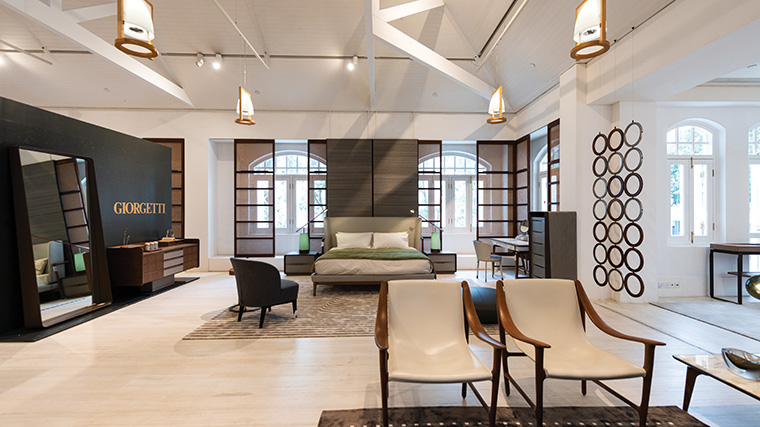
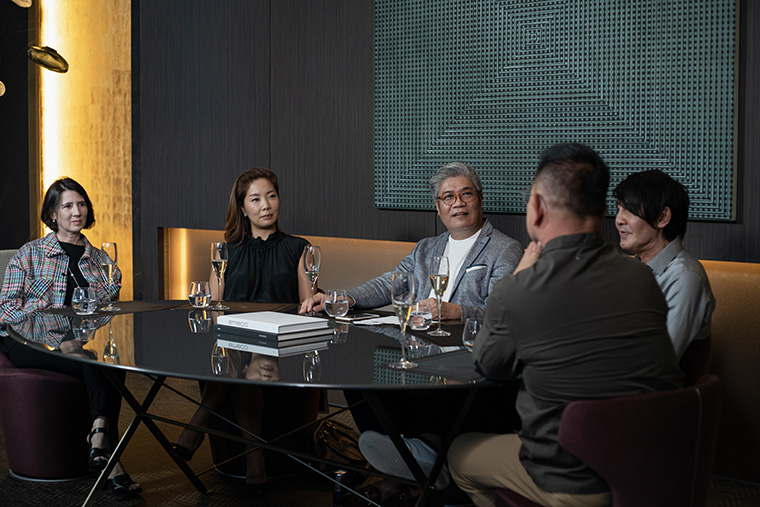
How do designers and their clients — equal stakeholders in a design project — get the most out of a collaborative venture?
The simple proposition should make clear the roles that each party must play in a collaborative enterprise, and establish practicable boundaries. Yet often we hear about one party overstepping its limits: A designer may be guilty of applying a strong-arm approach to design decisions, while a client may be accused of interfering with matters in which he has no adequate knowledge.
We invited four leading design professionals — Min Han from Hassell, Maria Arango from Ong&Ong, Nathan Yong from Nathan Yong Design, and Peter Tay from Peter Tay Studio — to hear their stories about working with various clients, the types of issues that often arise during the fulfilment of a design project, and their preferred means of managing them. The discussion, graciously hosted by SPACE in their Bencoolen Street showroom, was a genuine eye-opener. The thing that inspired me the most was the very positive way that all our invited designers — despite my prodding — saw disagreements as a healthy sign of designer–client engagement.
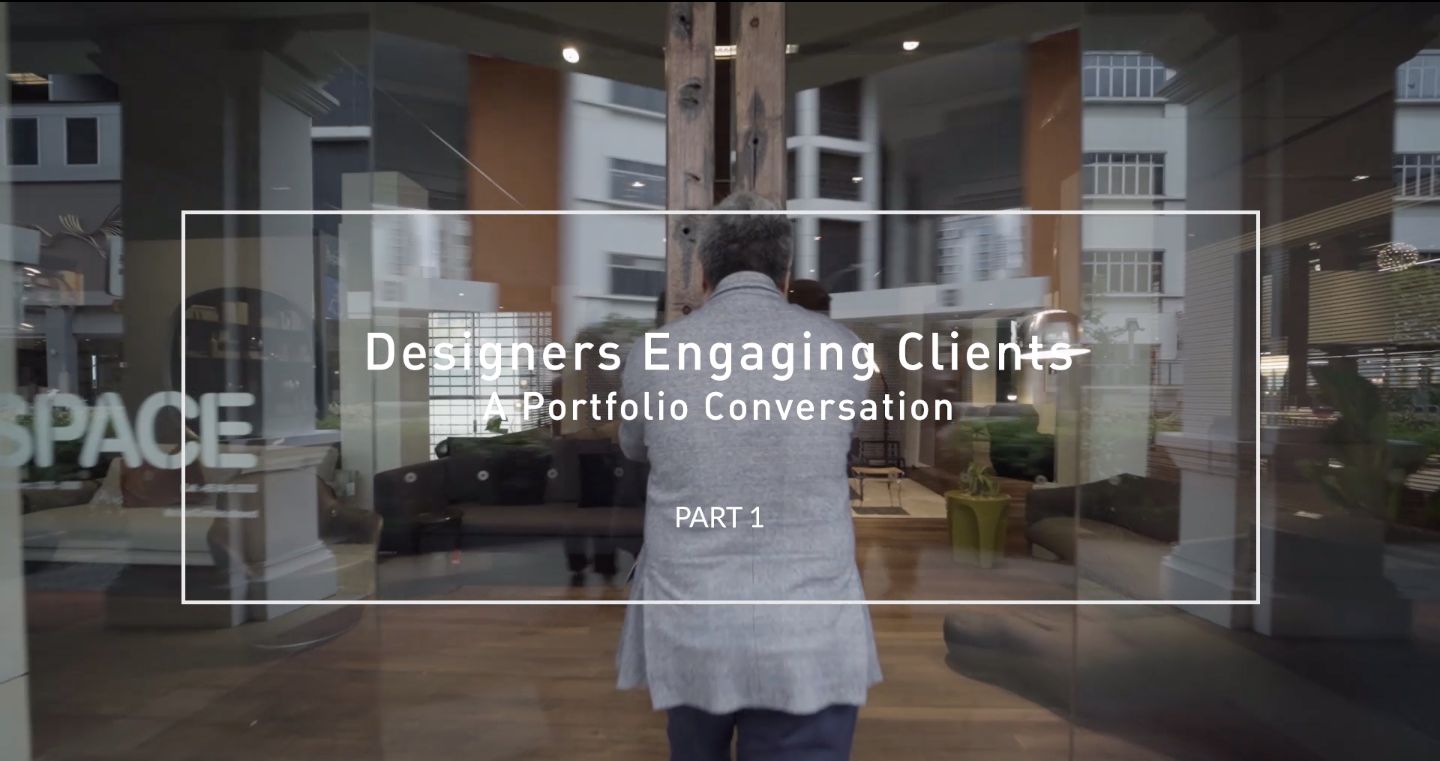
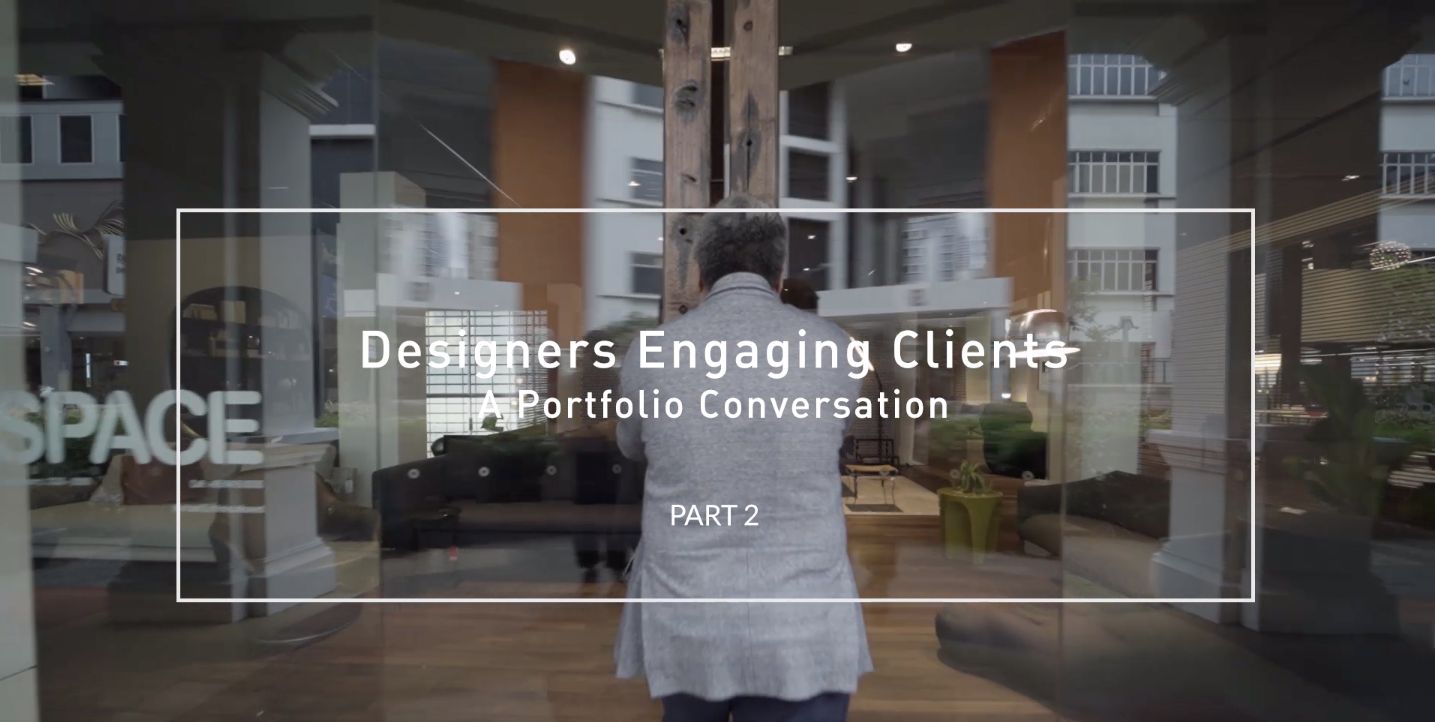








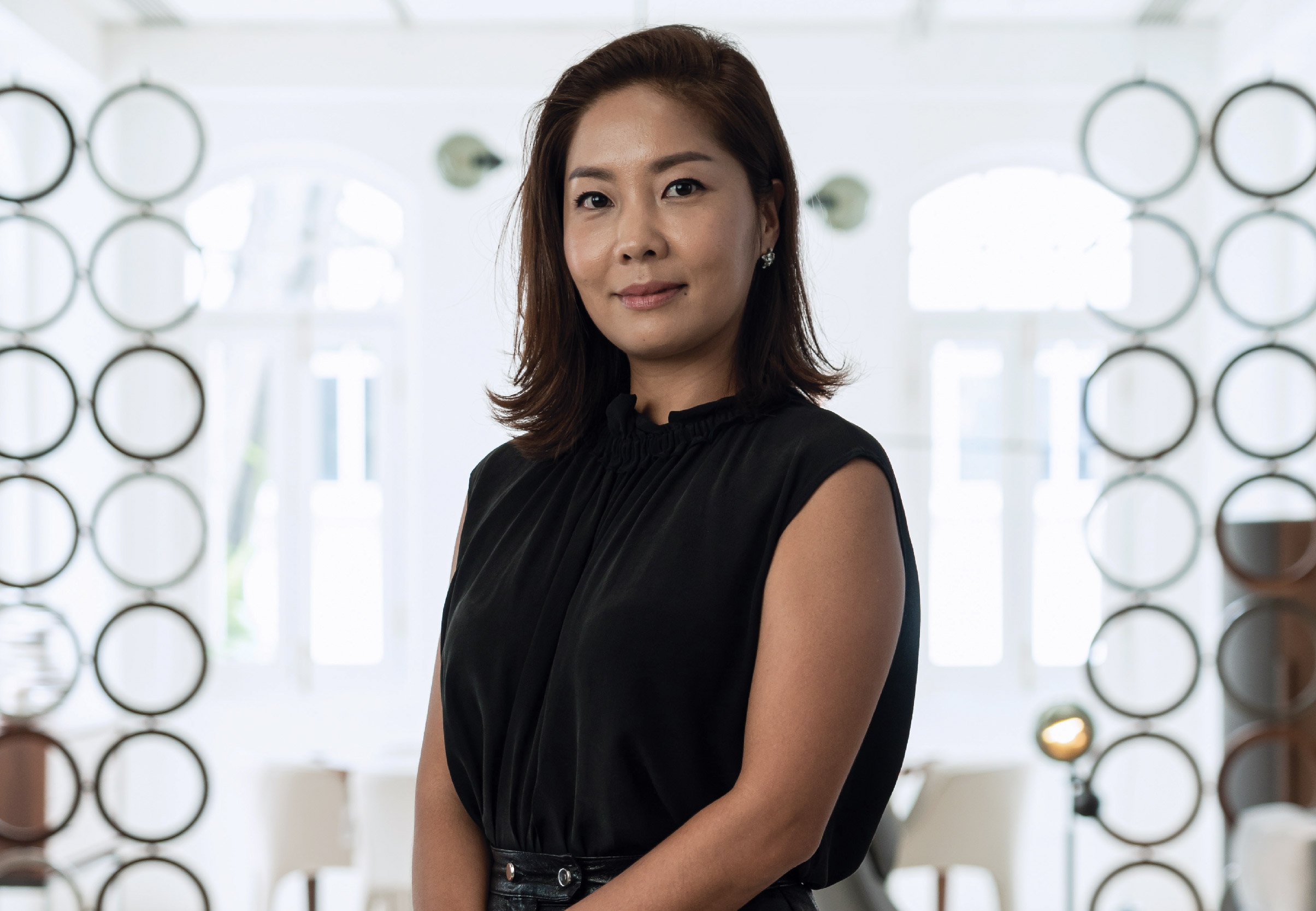
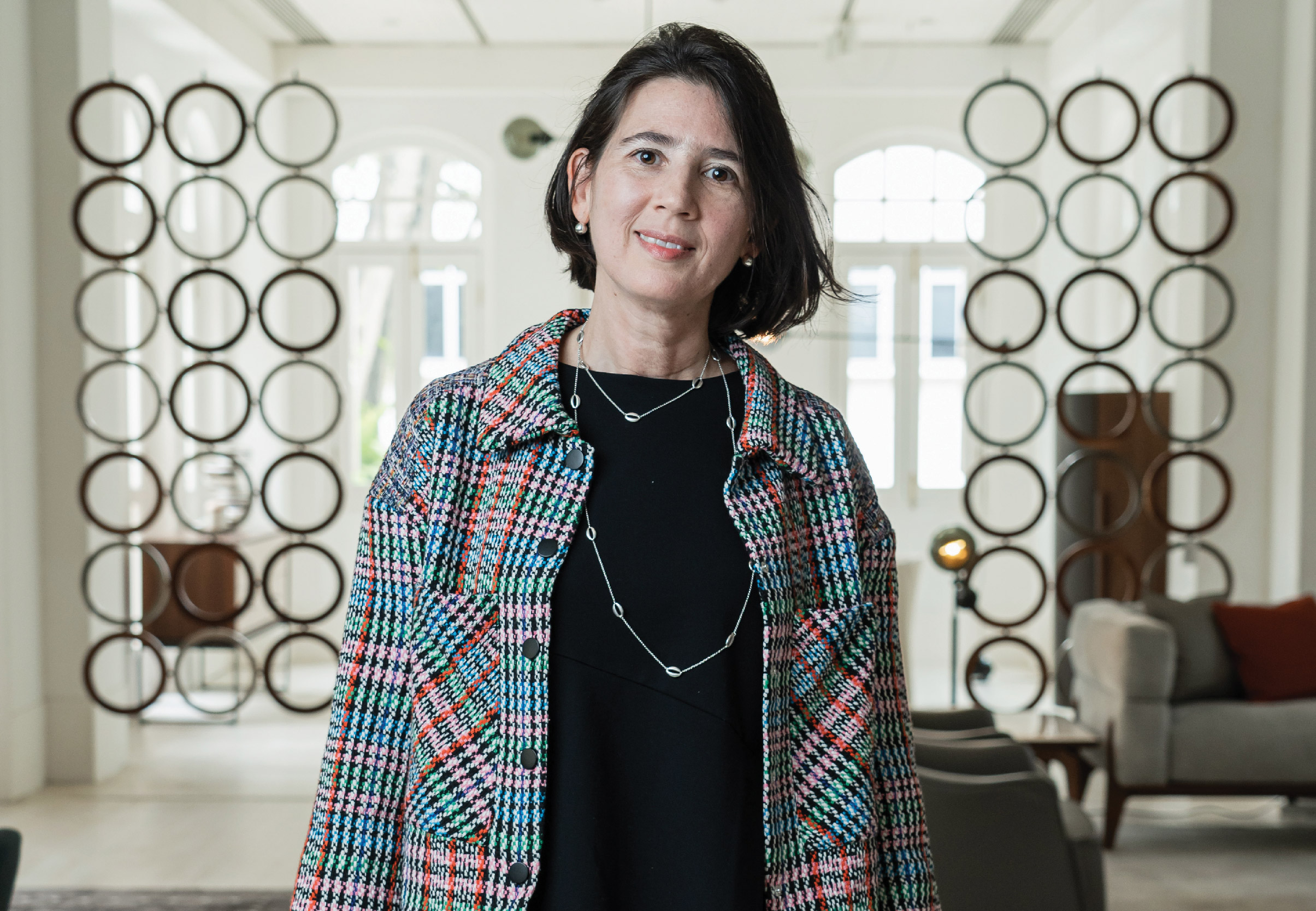
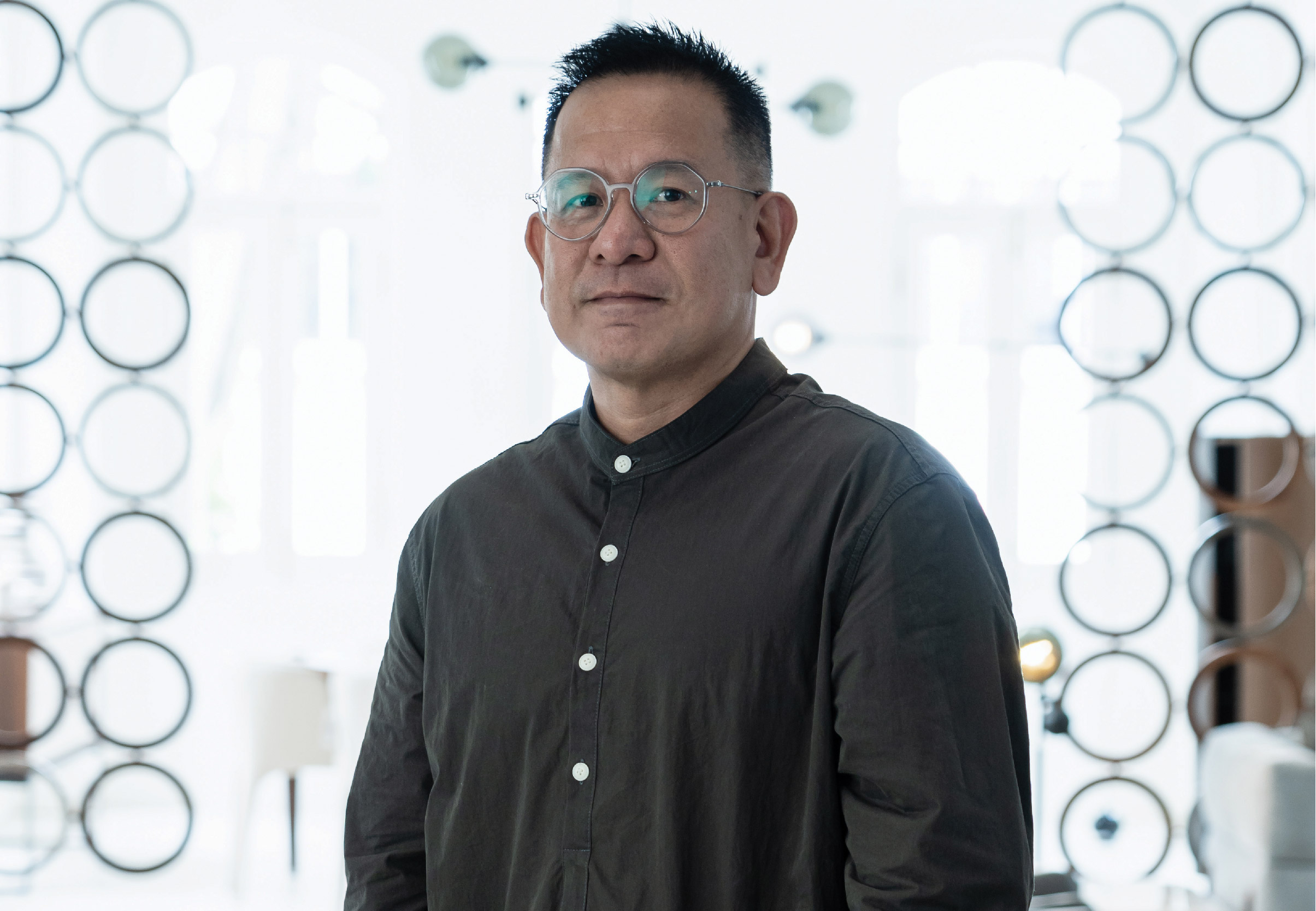
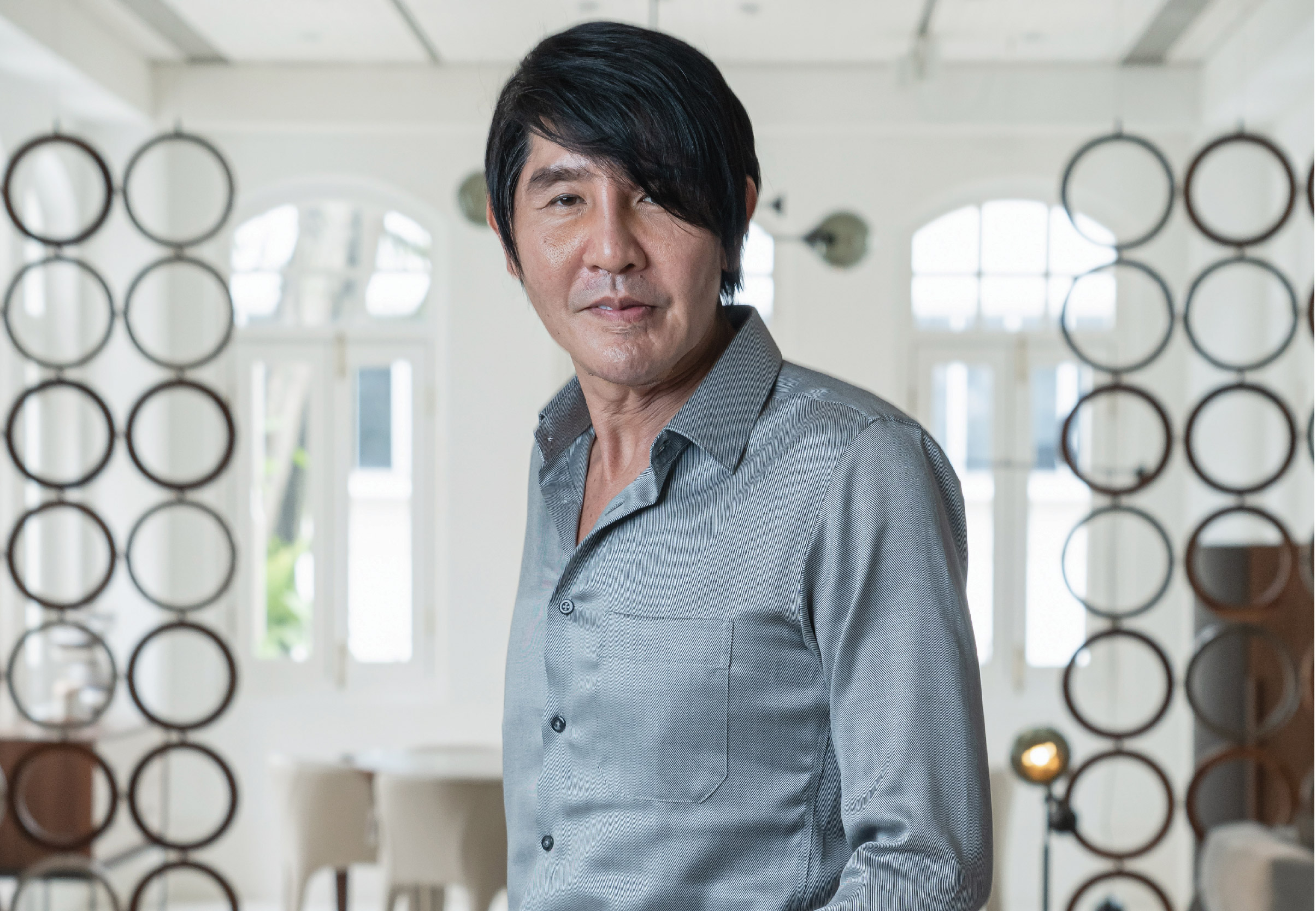
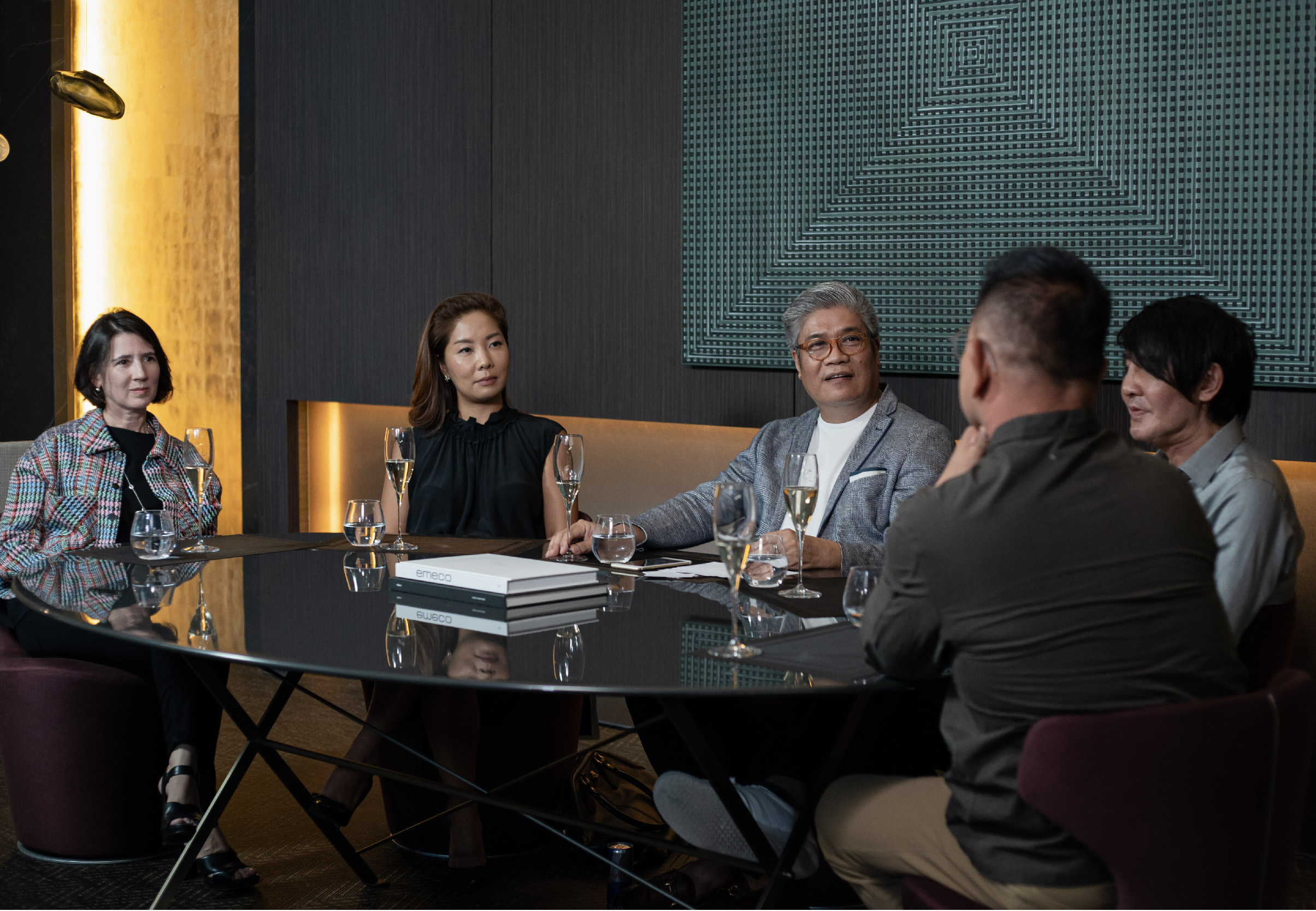
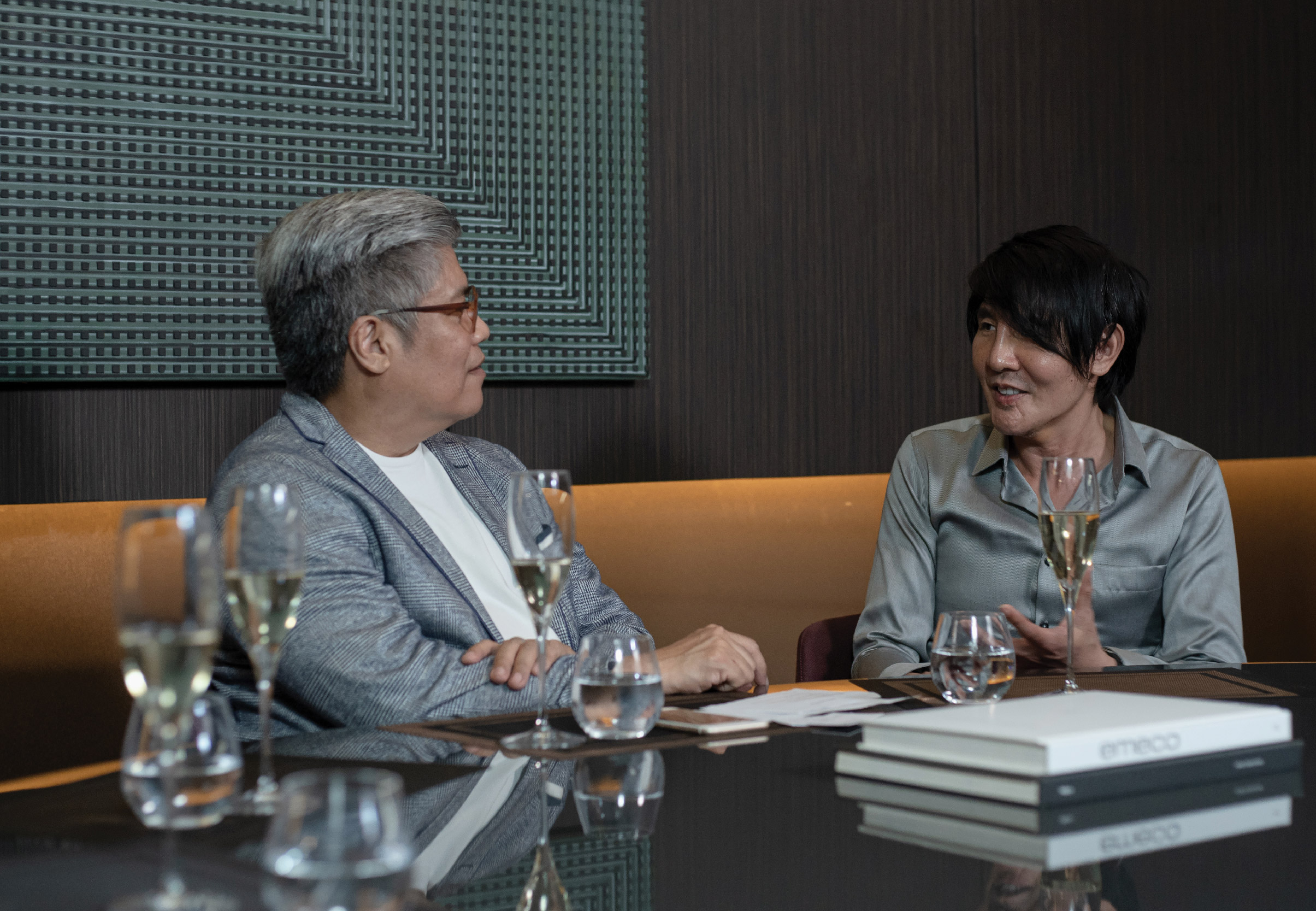

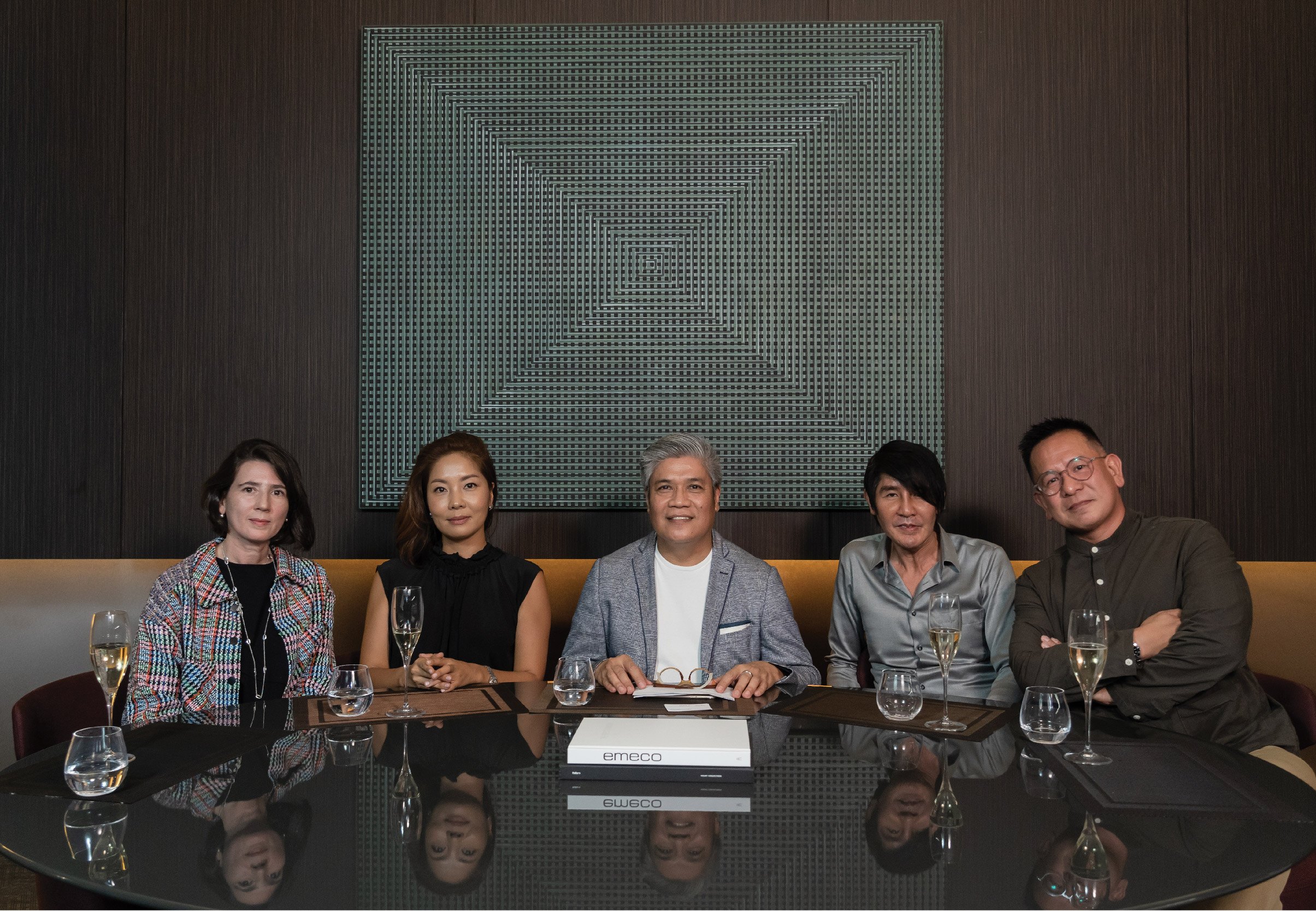




-NAC Facade L2.jpg&w=500&h=550&crop-to-fit)
 Back
Back
